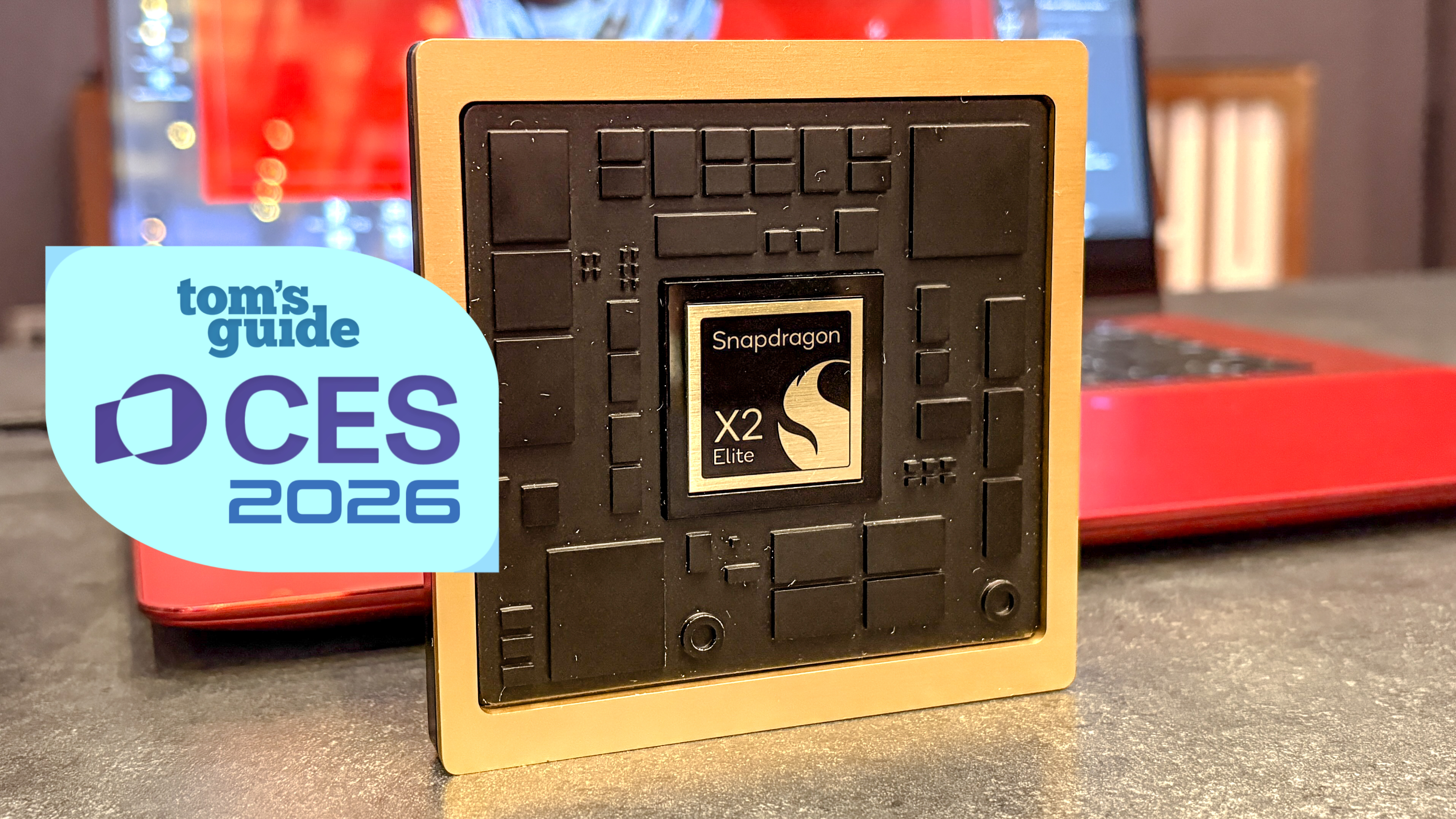How Switching to Unlimited Data Saved Me $30 a Month
Getting killed on data overages each month? It may be time to switch to an unlimited plan.

Nobody enjoys dealing with their cellular service provider, but it may pay to give them a call, especially if you're clinging to an old, metered-data plan. That plan you signed up for a few years ago may be cheating you out of data and, more importantly, quite a bit of money.

In the past year or so, all of the Big Four wireless providers have embraced unlimited-data plans, after years of trying to make them go away. AT&T, Sprint and Verizon each offer different tiers promising different features, so you can find the service that's just right for your needs and your budget. That means you'll get all the data you could need, and many of the extras you desire, without having to pay up for a one-size-fits-all package. If you still have a tiered data plan, switching to an unlimited plan could mean an end to those overage charges that pile up on your monthly bill.
How do I know? Because I recently switched data plans, and it saved me a bundle.
Goodbye, tiered data
My old plan, a three-line family plan on AT&T, provided 6GB of shared data and cost $145 per month before taxes and fees. I'd had this plan for about five or six years and never thought about going back, as I remember the days when telecoms were pushing people off of unlimited plans by raising rates.
The big issue, though, is that I — specifically me — began burning through more of that data, at an increasingly fast rate. So, while I used to get text messages warning me that I was reaching my limit only at the end of the month, I started hitting 6GB of data with more than half of the month to go.
MORE: A Guide to No Contract and Prepaid Phone Plans
Get instant access to breaking news, the hottest reviews, great deals and helpful tips.
Each of those extra gigabytes cost me $15, since my plan predated the days when AT&T phased out overage fees in favor of throttling speeds. The overages became an issue quickly. While some months, I paid only $45 extra, it was much worse other months: I had to pay $105 in overages in April, as I burned through 7GB of extra data on vacation.
I started to wonder what unlimited plans could do for me as part of my coverage of AT&T's WatchTV streaming service, which is included in the carrier's Unlimited &More plans. Three lines of the $145 Unlimited &More plan cost the same as my 6GB plan and include the 30-plus channels of live TV from WatchTV, as well as 15,000 video-on-demand titles. However, Unlimited &More limits video streaming quality to 480p. For another $25 each month, the Unlimited &More Premium plan allows 1080p streaming and enables hotspot mode for your phone.
Unlimited options at other carriers
| Carrier | AT&T | Verizon | T-Mobile | Sprint |
| Entry-level unlimited plan | Unlimited &More | Go Unlimited | One Unlimited | Unlimited Basic |
| Monthly rate (for 3 lines) | $145 | $150 | $140 | $120 |
| Perks | WatchTV streaming; unlimited 2G data in Mexico and Canada | Unlimited 2G hotspot; 512MB per day of LTE data in Mexico and Canada | Taxes and fees included; Netflix included; unlimited 3G hotspot data; 5GB of LTE data in Mexico and Canada | Hulu video streaming; 500MB of LTE hotspot data; 5GB of LTE data in Mexico and Canada |
| Threshold Where Carrier May Slow Data Speeds | 22GB | 22GB | 50GB | 50GB |
Three-line unlimited plans at Verizon start at $150 per month, with the Go Unlimited plan. It offers 480p video streaming and unlimited mobile hotspot mode. For $180, the Beyond Unlimited plan bumps you up to "premium unlimited 4G LTE data" speeds for 22GB of usage and 720p video, while its Above Unlimited plan costs $210 per month and includes 5 of its TravelPasses, which provide high speed data for use in more than 130 countries. Verizon lets you mix and match these three options in your family plan, so theoretically, you could have a line featuring each kind of unlimited plan.
T-Mobile's One Unlimited plan costs $140 per month for three lines. If you have a plan with at least two lines, T-Mobile will pick up the cost of your Netflix subscription, a $10.99-a-month value. Upgrading to One Plus, at $10 per line per month, gives you HD-quality streaming, your first 10GB of mobile hotspot data delivered at LTE speeds (the rest at 3G) and unlimited in-flight Wi-Fi on Gogo-enabled flights. The company's One Plus International plan, which costs an extra $25 per line per month, gives you unlimited international calls and unlimited 4G data for mobile hotspots.
MORE: The Best Cellphone Plans for Families and Individuals
Sprint just split its unlimited offerings in two. Unlimited Basic starts at $120 for three lines, and as with plans from the other carriers, you'll be streaming video at 480p. That includes Hulu, which comes with your Unlimited Basic subscription. Sprint also slows streaming speeds for music and gaming for Unlimited Basic customers. If that sounds onerous, another option is the Unlimited Plus plan, which costs $150 for three lines. It includes both Hulu and Tidal, unlimited 1080p streaming video, and higher limits on music and game streams.
Bottom Line
Since switching to an Unlimited &More plan at AT&T, I'm saving an average of $30 a month, thanks to a lack of overages. More important, I don't have to watch my data usage or worry about overages, since there are no limits on the amount of data I use. Even better, I can do more than before, such as stream podcasts and music on the go and watch YouTube videos when I'm nowhere near a Wi-Fi connection; a 480p resolution limit for streaming video is good-enough quality on a smartphone-size screen, especially when I'm wearing sunglasses.
And you could be in the same boat. If you've got an old plan you haven't changed in years, it may be worth taking a close look at your bill and seeing if the amount you're spending each month will buy you unlimited data instead, especially if you're being hit with fees for going over your antiquated data allotment.

Henry was a managing editor at Tom’s Guide covering streaming media, laptops and all things Apple, reviewing devices and services for the past seven years. Prior to joining Tom's Guide, he reviewed software and hardware for TechRadar Pro, and interviewed artists for Patek Philippe International Magazine. He's also covered the wild world of professional wrestling for Cageside Seats, interviewing athletes and other industry veterans.
-
fbendotti I'm paying 125 for 5 lines (unlimited) with fantastic coverage and excellent speeds. Switched to Cricket Wireless (owned by ATT) about 2 years ago. This is with taxes and fees included. Can't beat it at this point!!Reply -
y2kgtp The Verizon Go Unlimited plan sucks, plain and simple. You can get "de-prioritized" at any time Verizon determines the network you are connecting to is busy. 1/2 the time I try to use my phone around town, I can't connect, open the App store, etc.Reply
All this is really does is force you to "upgrade" to the next higher plan for $10 more a line.
I currently pay $175 for 4 lines, service only. Seriously looking at some of the Pre-paid plans as we are treated like pre-paid as it is.
